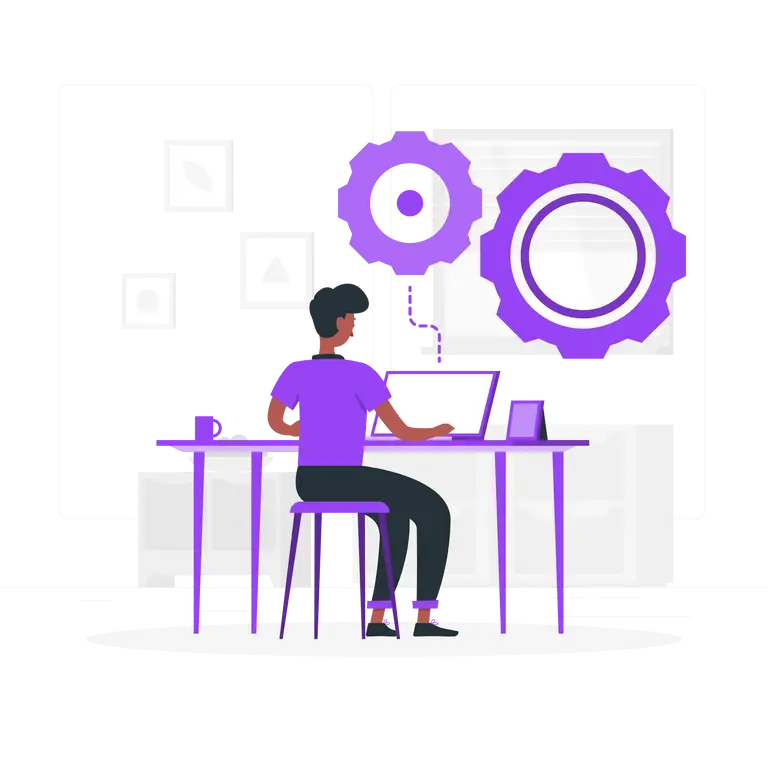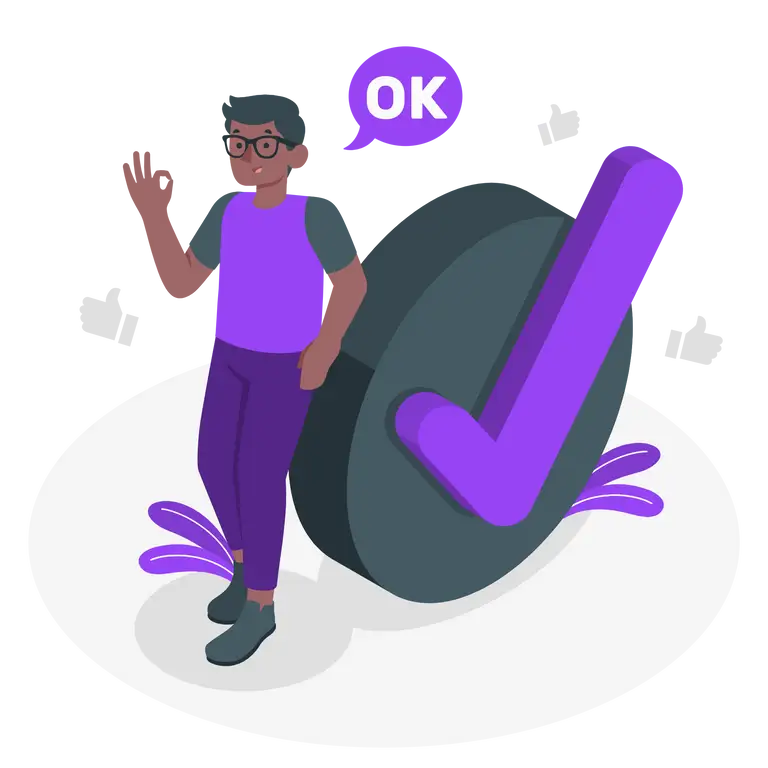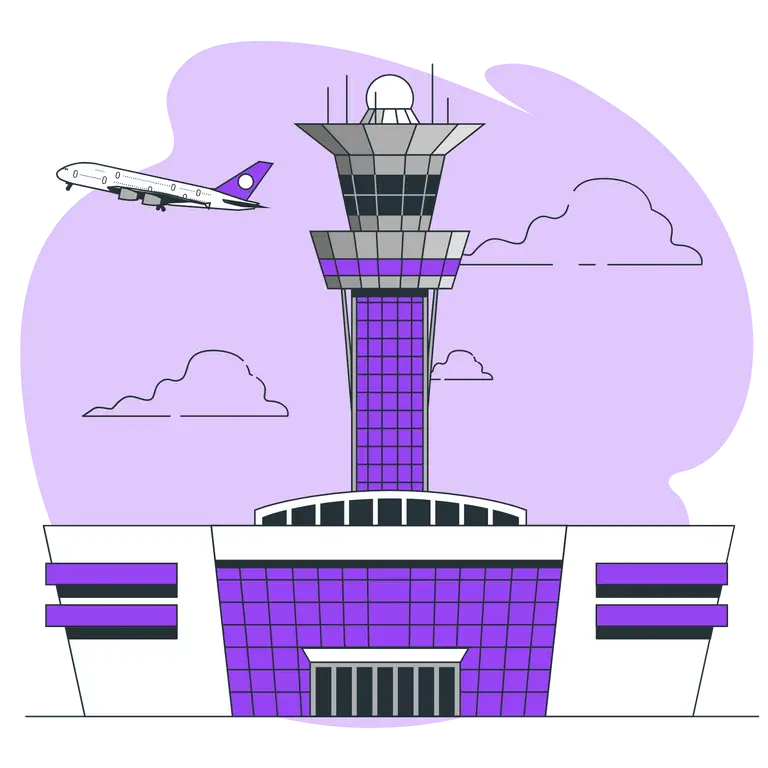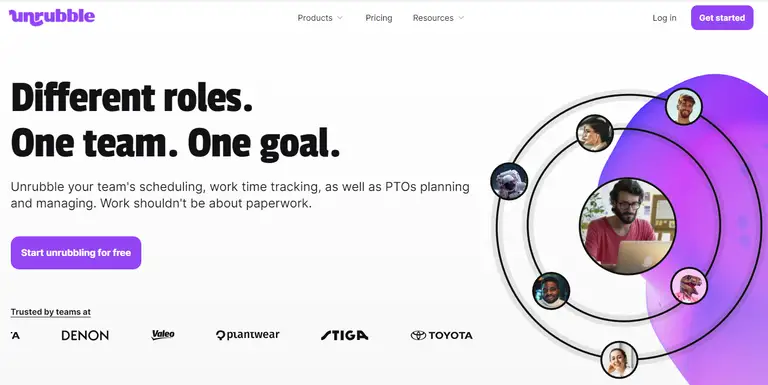There is no single way to structure a work schedule, but how do you know which one is the right one?
In this guide, we'll break down the 2-2-3 schedule in plain and simple terms. No matter what kind of business you have, you’re going to find the ins and outs of this schedule.
Most importantly, you’re going to find out if this schedule can work for you.
Let’s dig in.
What is the 2-2-3 work schedule?
The 2-2-3 employee work schedule, also known as a rotating shift schedule, is a type of work schedule commonly used in industries that require continuous operations, such as manufacturing, healthcare, and public safety.
In this schedule, employees work a combination of 12-hour shifts to keep 24/7 coverage.
What does it look like in practice?

The schedule is structured as follows:
- 2 days on: employees work for two consecutive days, usually for 12 hours each day. These are typically day shifts or night shifts, depending on the specific schedule.
- 2 days off: after their two-day shift, employees are given two consecutive days off to rest and recover.
- 3 days on: following the two days off, employees return to work for three consecutive days, again typically for 12-hour shifts.
This cycle then repeats.
The pros and cons of the 2-2-3 shift schedule
The 2-2-3 work schedule, just like any other shift plan, has its own positive and negative sides.
Let's take a look at the bright side first:

- Continuous coverage - with this schedule, there are always workers on duty, so important tasks or services can run 24/7.
- Regular time off - workers enjoy blocks of two or three days off in a row, which helps them rest and spend time with family or do things they enjoy.
- Predictable rotation - the pattern repeats every week, so employees know their work days and days off well in advance, making it easier to plan personal activities.
- Reduced commute - working longer shifts means fewer trips to work, which can save time and money on commuting.
- Increased productivity - longer shifts may lead to fewer transitions between work and rest (this can potentially improve focus and productivity during work hours).
As for the disadvantages of this shift schedule, prepare for things like:

- Long shifts - employees must work for 12 hours at a time, which can be physically and mentally exhausting.
- Shift changes - workers may switch between day and night shifts. This has the potential to disrupt their internal body clocks and make it harder to adjust to a regular sleep schedule.
- Limited social time - because of the long working hours, employees might have less time for social activities, hobbies, or family during their workdays.
- Fatigue risk - long working periods can lead to fatigue, and it could affect job performance and safety.
- Challenging adaptation - some people find it hard to adjust to the changing work hours and might experience difficulty balancing work and personal life.
- Limited vacation planning - because the schedule repeats every week, it can be challenging to plan vacations that align with other coworkers or family members.
Remember: while the 2-2-3 schedule offers benefits like continuous coverage and extended time off, it also comes with challenges related to long shifts and shift changes. The suitability of this schedule depends on the needs of your organization and the preferences of the employees.
Industries that use the 2-2-3 shift work
The 2-2-3 schedule is commonly used in various industries and for different reasons:
Manufacturing and production
Manufacturing facilities often require employees to work for 12 hours on a rotating pattern. The 2-2-3 schedule helps make sure that there are workers on the production floor at all times. This way they can maintain uninterrupted operations with the help of production management software. Employees may alternate between the daytime shift and the night shift.
Healthcare
Hospitals, nursing homes, and other healthcare facilities need 24/7 coverage with individual shifts. Healthcare workers may shift on this schedule, rotating between the day shift and the night shift. This allows for continuous patient care with employees having different start hours.
Public safety (police and fire departments)
Police officers and firefighters work these shifts on rotating patterns to provide emergency response around the clock. The 2-2-3 schedule ensures that there are different shift patterns and that public safety is maintained at all times.
Energy and utilities (power plants and oil refineries)
Energy and utility companies often require employees to cover these shifts to maintain consistent power generation and utility services.
Transportation (airports and shipping ports)

Transportation hubs such as airports and shipping ports work 24/7 with employees who operate varied shifts. The 2-2-3 schedule provides coverage for various start times to accommodate flight schedules and vessel arrivals.
Customer support and call centers
Businesses offering customer support and call center services often require employees to work rotating shifts, including the night shift. The 2-2-3 schedule makes employees available at different times to assist customers in various time zones.
Hospitality (hotels and restaurants)
Hotels and restaurants often operate with employees who work different shifts, including evenings and weekends. The 2-2-3 schedule guarantees that there are employees available for various start periods to serve guests.
Security services (security guard agencies)
Security agencies may have security personnel work 12-hour shifts on rotating schedules. This grants continuous security services at different times for employees.
In these setups, the shift schedule involves 12-hour work shifts on a rotating plan, allowing employees to experience both night and day shifts. This approach provides uninterrupted operations, 24/7 coverage, and the ability to meet customer demands or respond to emergencies effectively. It accommodates different shift start times and offers extended periods of time off for rest and personal activities.
Example of a 2-2-3 shift
Company Name: ABC Manufacturing Inc.
Shift Schedule: Two Days On, Two Days Off, Three Days On
Objective: To maintain production while providing employees with a rotating plan that balances work and rest.
Shift rotation:
- Employees work a 2,2,3 schedule, which means they follow a repeating pattern of two days on, two days off, and three days on before the cycle repeats.
Shifts and hours:
Day shift (shift A):
- Monday: employees in Shift A start their workweek on Monday morning at 7:00 AM.
- Tuesday: they continue working on Tuesday from 7:00 AM to 7:00 PM.
- Wednesday and Thursday: employees are off duty and have two days off to rest and recharge.
- Friday: they return to work on Friday morning at 7:00 AM.
- Saturday: shift A continues working from 7:00 AM to 7:00 PM.
- Sunday: they complete their 2-2-3 rotation by working on Sunday from 7:00 AM to 7:00 PM.
Night shift (shift B):
- Monday: employees in Shift B start their workweek on Monday night at 7:00 PM.
- Tuesday: they continue working on Tuesday from 7:00 PM to 7:00 AM (next day).
- Wednesday and Thursday: employees in Shift B have two days off to rest while their colleagues in Shift A work.
- Friday: they return to work on Friday night at 7:00 PM.
- Saturday: shift B continues working from 7:00 PM to 7:00 AM (next day).
- Sunday: they complete their 2-2-3 rotation by working on Sunday night at 7:00 PM.
Employee distribution:
- To keep production, the company employs two teams of workers, Shift A and Shift B.
- Shift A and Shift B follow opposite schedules, allowing the facility to operate 24/7.
This example demonstrates how a 2-2-3 shift schedule can be implemented in a manufacturing company to ensure round-the-clock operations. All this can be done while accommodating employee needs for rest and regular work hours.
Different variations of the 2-2-3 work pattern: Panama schedule & more
This type of working pattern also has some alternatives.
Take a look at other common schedules that serve as 2-2-3 alternatives:
Pitman shift schedule
- Pitman involves two consecutive days of work (2), followed by two days off (2), and then four consecutive days of work (4). It's also known as the 2-2-4 schedule.
- The Pitman schedule provides longer periods of rest after four consecutive workdays. As such, it lets employees recover and recharge before the next work cycle.
Panama schedule
- The Panama schedule expands on the 2-2-3 pattern. It includes two consecutive days of work (2), followed by two days off (2), three consecutive days of work (3), another two days off (2), and then three more consecutive days of work (3).
- This schedule is often used in industries where 24/7 operations are required. Employees alternate between the day shift and night shift, and it offers more extended periods of rest.
DDNNOO
- Similar to the Panama schedule, the DDNNOO schedule follows the 2-2-3 pattern. It includes two consecutive days of work (2), followed by two days off (2), three consecutive days of work (3), another two days off (2), and then three more consecutive days of work (3).
- The DDNNOO schedule allows for a balance between work and rest, with a focus on alternating between the day shift and night time shift.
Dupont schedule
- The Dupont schedule is different from the traditional 2-2-3 pattern. In this schedule, employees work four consecutive 12-hour shifts (4) and then have three days off (3). It's also known as the 4-3 schedule.
- This schedule is often used in industries like manufacturing and production, where continuous operations are required. Employees have longer work shifts but enjoy more extended periods of time off.
How to manage a 2-2-3 schedule in your company
If you're considering introducing this work pattern into your workplace, you should be well prepared.
Follow our tip tricks and tips for managing a 2-2-3 schedule in your organization:
Clear communication
Ensure all employees understand the 2-2-3 schedule and how it works. Provide written communication and hold meetings to address any questions or concerns.
Effective scheduling
Use scheduling software or tools to manage shifts efficiently, taking into account employee preferences and availability.
One example of such tool is Unrubble.

Unrubble can be your ultimate ally when it comes to implementing the 2-2-3 work schedule seamlessly within your organization.
Unrubble simplifies scheduling, tracks work time accurately, and streamlines PTO planning and management.
Our scheduling features are super helpful. You can manage different shifts with ease. It's like having a smart assistant for your work schedule.
Managing time off is also a breeze with Unrubble. Whether it's a day shift or a night shift, you can handle time off requests in no time. It saves you lots of time and keeps everyone happy.
Unrubble is user-friendly and powerful. It's perfect for setting up and managing the 2-2-3 work schedule in your company.
So, give it a try and make your work life better.
Team rotation
Divide your workforce into teams (e.g., team A and team B) to implement the schedule. Be sure that teams alternate working weekends and nights to distribute the workload fairly.
Fair allocation
Rotate weekend and night shifts evenly among teams to avoid employee burnout and maintain morale.
Training and onboarding
Provide comprehensive training and onboarding for new hires to make sure they understand the 2-2-3 schedule from the beginning.
Regular check-ins
Schedule regular check-in meetings with employees to gather feedback, address concerns, and make necessary adjustments to the schedule.
Shift swaps
Allow employees to request shift swaps or changes with adequate notice, as long as it doesn't disrupt operations.
Health and family needs
Be flexible when employees have health issues, family emergencies, or other important commitments. Provide mechanisms (e.g. sabbatical leave) for them to request time off or adjustments.
Overtime management
Monitor and manage overtime hours to prevent employee fatigue and excessive labor costs.
Workload balancing
Distribute work evenly among employees during busy periods to avoid overloading any particular team.
More tips include:
- Be open to adjusting the 2-2-3 schedule based on changing business needs, employee feedback, or external factors.
- Establish a process for resolving conflicts related to scheduling or shift preferences.
- Implement a performance tracking system that evaluates employee performance and attendance, ensuring that the 2-2-3 schedule does not negatively impact productivity.
- Prioritize employee well-being by promoting work-life balance and offering support services as needed.
- Be sure that the 2-2-3 schedule complies with labor laws and regulations in your region, including overtime pay and rest breaks.
- Regularly assess the effectiveness of the 2-2-3 schedule and seek feedback from employees. Make adjustments as needed to optimize productivity and employee satisfaction.
Use a 2-2-3 shift pattern like a pro
So, there you have it!
The 2-2-3 work schedule is a game-changer for many.
With Unrubble by your side to streamline scheduling and time tracking, implementing it becomes a breeze.
Don't miss out on the opportunity to boost productivity and employee satisfaction.
Start unrubbling your work schedule with Unrubble today and make work-life balance a reality.






